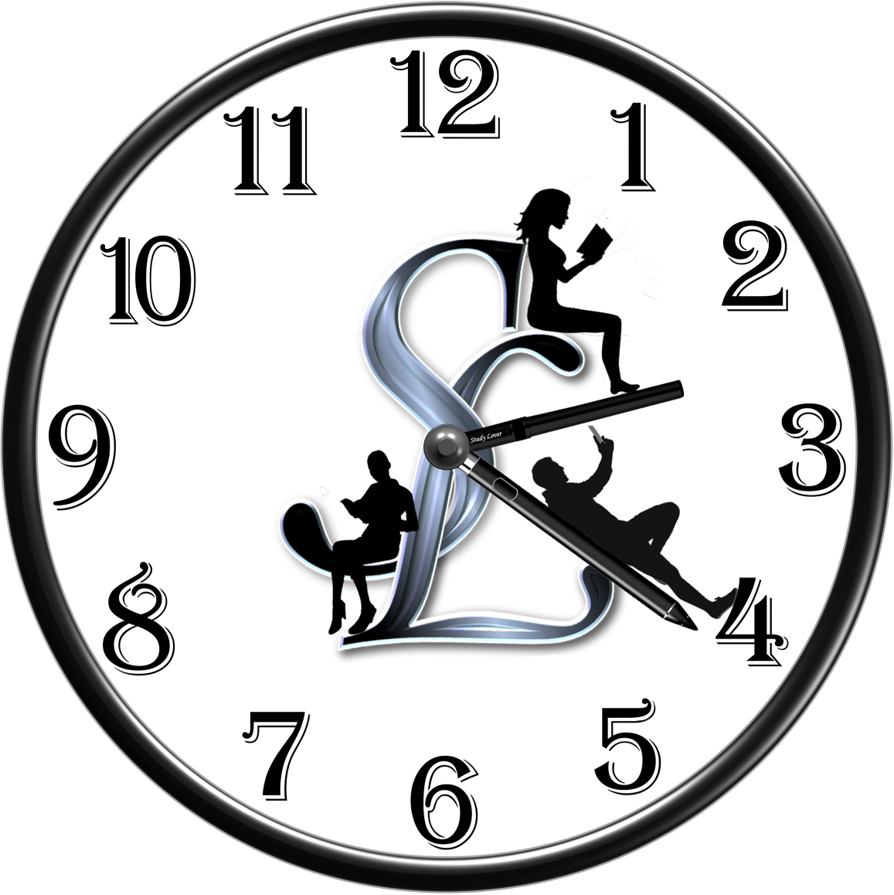C is a powerful and widely-used procedural programming language created by Dennis Ritchie at Bell Labs in 1972. It's known for its performance, efficiency, and the low-level control it provides over computer memory. Because of these features, it's used to build operating systems (like Windows and Linux), embedded systems, and complex software applications.
Learning C is a great first step for any programmer, as its concepts form the foundation for many other languages, including C++, C#, Java, and Python.
Structure of a C Program
Every C program follows a basic structure. Understanding this structure is the first step to writing your own code.
C
#include <stdio.h> // 1. Preprocessor Directive // 2. The main() function where execution beginsint main() { // 3. Statements and expressions // This is where your logic goes return 0; // 4. Return statement}1. Preprocessor Directive
(#include): This
command tells the C compiler to include the contents of a file before
compilation. The <stdio.h> file is the standard input/output header,
which contains functions for input and output operations, like printing to the
screen.
2. The main() function:
This is the entry point of every C program. The operating system starts
executing the code from the main function. The int
before main indicates that the function will return an integer
value.
3. Statements:
These are the instructions that specify the actions to be performed. Each
statement in C must end with a semicolon (;).
4. Return Statement (return 0;): This
statement ends the main function and returns a value to the operating system.
A return value of 0 conventionally means that the program executed
successfully without any errors.
Your First C Program: "Hello, World!"
The "Hello, World!" program is a classic tradition for beginners. It's a simple program that prints the text "Hello, World!" to the screen.
Example Code:
C
#include <stdio.h> int main() { // printf() is a function from stdio.h to print text printf("Hello, World!\n"); return 0;}Code Breakdown:
·
#include <stdio.h>: This line includes the standard input/output
library, which gives us access to the printf() function.
·
int main():
This is the start of the main function where our program's execution begins.
·
printf("Hello, World!\n");: This is a statement that calls the printf() function.
o printf() displays the text inside the double quotes ("") on the screen.
o \n is a special escape sequence that represents a
newline character. It moves the cursor to the next line after printing
the text.
·
return 0;:
This indicates that the program has finished its execution successfully.
The Compilation Process
C is a compiled language, which means the human-readable source code you write must be converted into machine-readable code before the computer can run it. This process is called compilation.
Source Code (program.c) -> C Compiler -> Object Code (program.obj) -> Linker -> Executable File (program.exe)
·
Source Code: The C code you write, saved in a file with a .c extension.
· Compiler: A special program that checks your source code for syntax errors (like missing semicolons or typos) and translates it into object code.
· Object Code: A low-level, intermediate representation of your code.
· Linker: A program that combines your object code with code from libraries (like the standard input/output library) to create a single executable file.
· Executable File: The final, standalone program that can be run by the operating system.
